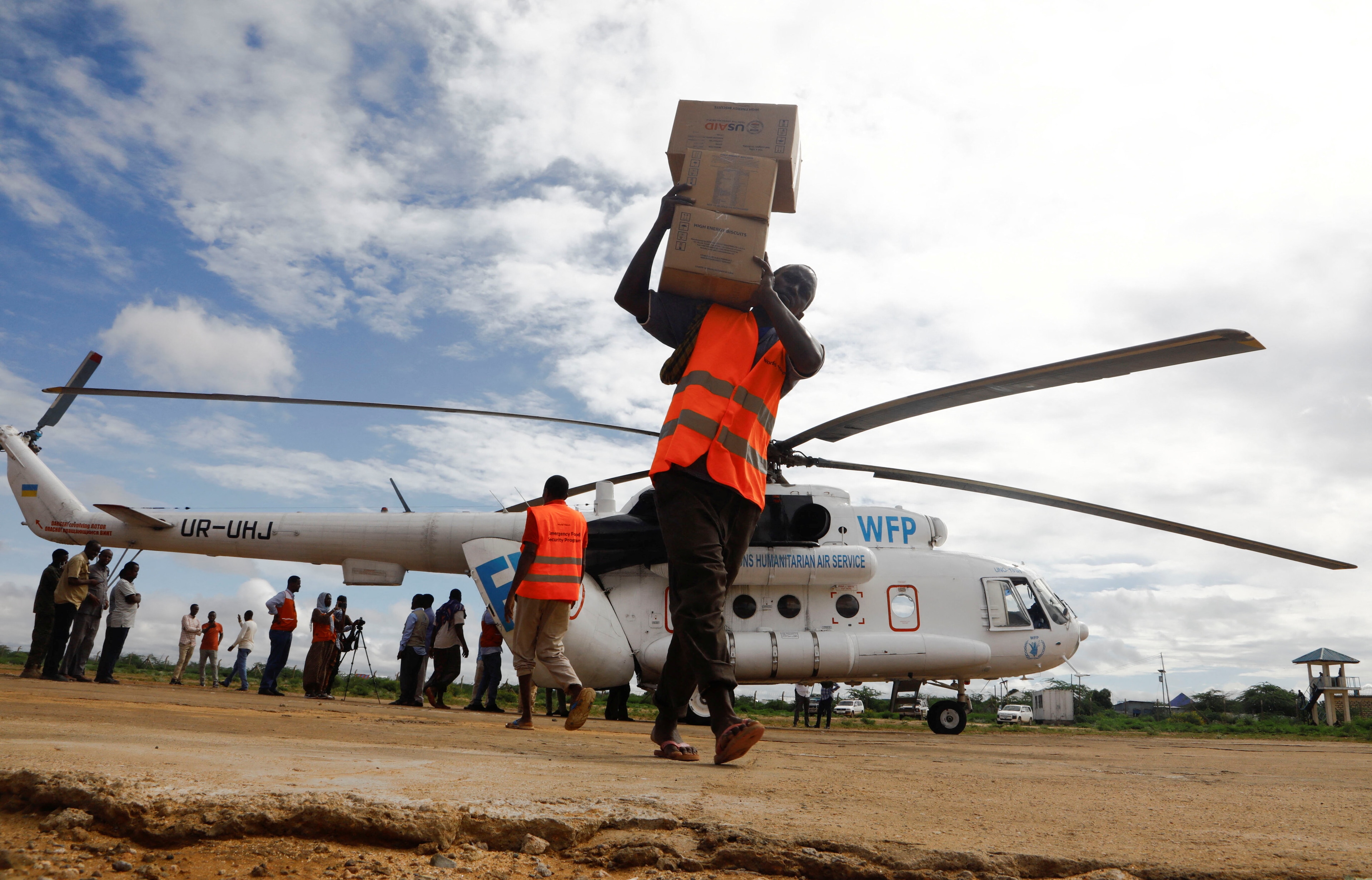This Japanese town has banned urban sprawl

Onagawa was severely damaged during a tsunami 8 years ago, as seen here in this aerial photograph from September 2011.
Image: REUTERS/Issei Kato
Stay up to date:
Japan
Waves of up to 50 feet virtually wiped the Japanese port town of Onagawa off the map in 2011.
At a magnitude of 9.0, Japan’s largest-ever quake and resulting tsunami killed 16,000 people and destroyed 122,000 buildings. Sitting on the Tohoku coastline, close to the underwater epicentre, Onagawa was almost obliterated by the full force of the disaster: nearly 70% of its buildings were destroyed and 10% of its population killed.
Eight years on, a new town has emerged from the dust and rubble. But faced with an already declining population, the reconstruction is about more than rebuilding; it’s about rejuvenating.
How is the World Economic Forum supporting the development of cities and communities globally?
Onagawa’s population had dropped from 16,000 to 10,000 between 1980 and 2010, and a third is now over 65. Faced with the worst natural disaster Japan has ever seen, the municipality was keen to stop Onagawa becoming a ghost town.
Its solution? Forcing people to the town centre to shop, work or use any services. The town has banned pretty much anything except houses from its outskirts, concentrating all activities around a core central district. In effect, Onagawa has outlawed urban sprawl. In this way, the hope is that even if the population continues to fall, the town centre will remain bustling.
Although many existing businesses didn’t survive the tsunami, the town has used the opportunity to rebrand itself, attempting to attract younger people with good shopping and trendy restaurants.
Before the tsunami much of the town centre was privately owned, meaning there was little the municipality could do about the gradual decline as places closed up shop. Now it has taken ownership of the land a community development company owns and manages the shops and their tenants.
By taking a bold approach to town planning, Onagawa is keen to be seen as a model for rebuilding communities.
Making cities liveable
The negative effects of urban sprawl - poorly-planned town growth - are seen around the world. Poor connectivity between houses, jobs, shops and services puts more cars on the road and increases congestion and air pollution in urban areas. Out-of-town developments in lower-rent areas have taken the heart out of many town centres. The loss of green space, as well as having negative effects on people’s well-being, is also bad for the environment and increases the risk of disasters like flash flooding.
At the same time, driven by better job opportunities and hopes of greater prosperity, more and more people are moving from the country to towns. Currently, more than half the world’s population lives in urban areas; by 2050 it is expected this will reach 70%. Sixty percent of land that will be urban by 2030 has yet to be built on.
This shift is happening far more quickly in the developing world than elsewhere. Few countries are adequately prepared for the challenges this presents. And fewer still are properly managing this growth, putting in place the administrative tools and infrastructure required.
Urbanization is not bad per se: cities generate 80% of the world’s GDP. However, they also consume most of the world’s natural resources and produce three quarters of CO2 output. The best-planned and most successful cities of the future will bring together smart and sustainable innovation and technology to leverage urban economic productivity at scale.
Accept our marketing cookies to access this content.
These cookies are currently disabled in your browser.
Don't miss any update on this topic
Create a free account and access your personalized content collection with our latest publications and analyses.
License and Republishing
World Economic Forum articles may be republished in accordance with the Creative Commons Attribution-NonCommercial-NoDerivatives 4.0 International Public License, and in accordance with our Terms of Use.
The views expressed in this article are those of the author alone and not the World Economic Forum.
Related topics:
Forum Stories newsletter
Bringing you weekly curated insights and analysis on the global issues that matter.
More on Sustainable DevelopmentSee all
Oliver Kade, Sarah Hadley and Judith Ketelslegers
July 28, 2025
Michael Wang
July 28, 2025
Elena Raevskikh and Giovanna Di Mauro
July 23, 2025
Vanina Farber
July 21, 2025
Ali Alwaleed Al-Thani and Santiago Banales
July 21, 2025
Goodness Esom
July 18, 2025







